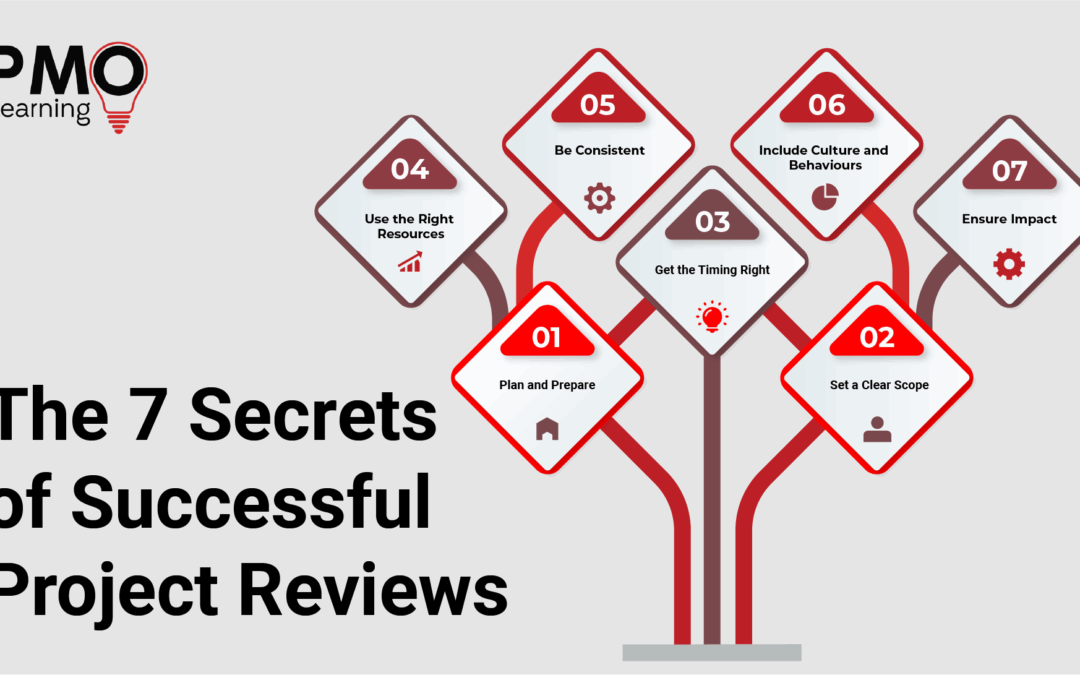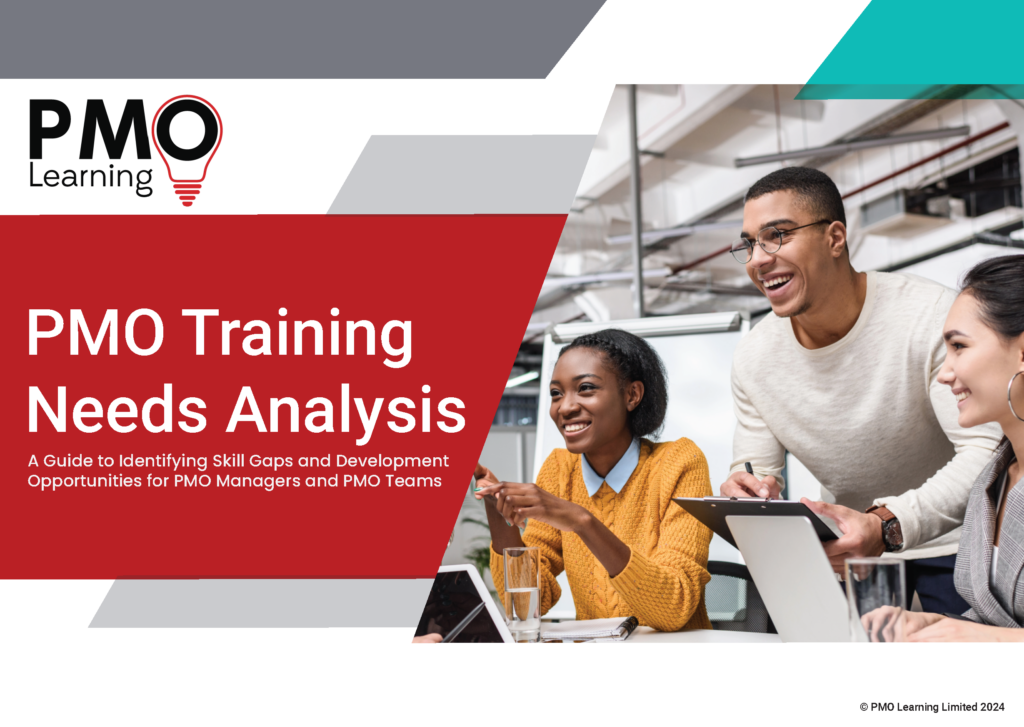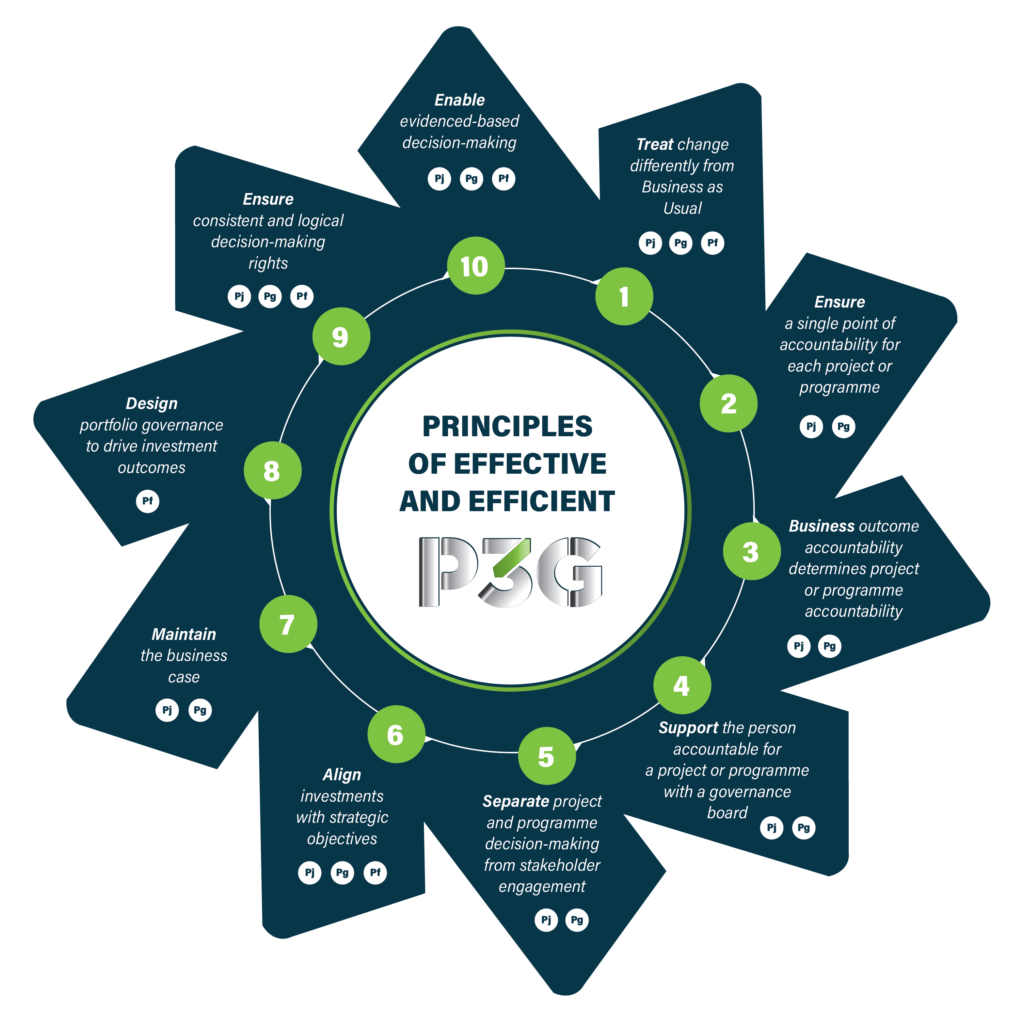Project reviews sound simple on paper. Hold a meeting, gather evidence, ask the right questions, and write a report. In practice, they are far more complex. Reviews are not just about process or paperwork; they are about people, timing, and judgement. They can reveal crucial insights or miss them entirely, depending on how they are approached. The difference usually lies in how well they are prepared, who takes part, and how honestly the discussion is handled.

This perspective is at the core of the Assurance for the PMO Professional course, developed and led by Roy Millard, a management consultant and owner of P3 Risk and Assurance. Roy provides specialist guidance on governance, risk, and assurance within project-based organisations. With more than 30 years of experience in project management, audit, and assurance, including leading Transport for London’s internal audit of its investment programme, he has seen how easily assurance can turn into a routine box-ticking exercise that loses its real purpose.
He designed this course to help PMO professionals see assurance as a practical and thoughtful process that builds genuine confidence and understanding, instead of creating unnecessary bureaucracy.
The following seven principles, known as the ‘7 Secrets of Successful Project Reviews’, are drawn directly from that course. They offer a simple and honest framework for running reviews that genuinely add value.
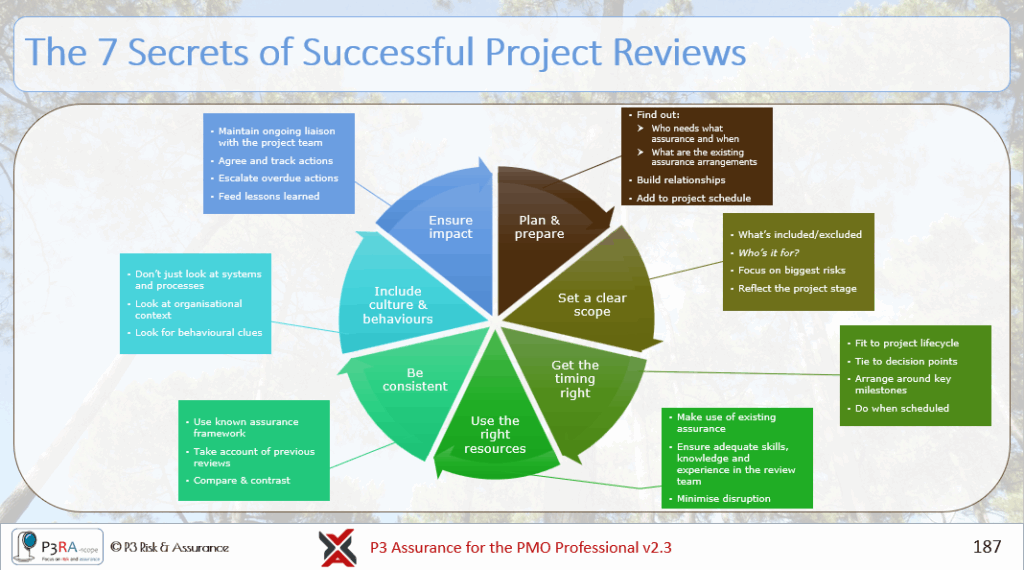
1. Plan and Prepare
The first secret sounds simple, but it is the foundation of everything that follows. Understand what needs assurance, what questions must be answered, and who will use the findings. Preparation is more than gathering documents; it means agreeing on purpose, timing, and expectations before the review begins.
A well-prepared review is calm, structured, and focused. It gives reviewers the time to explore, not just react.
2. Set a Clear Scope
Without clear boundaries, reviews easily lose focus. Defining what is included and excluded keeps discussion meaningful and avoids repetition with other assurance activities. The scope should link directly to project risks, priorities, and decision points.
When everyone understands why the review is happening and what it covers, the output becomes more credible and relevant to those who need it.
3. Get the Timing Right
Timing determines whether a review influences outcomes or simply reports on what has already happened. Reviews should align with the project lifecycle, ideally around major decisions or changes in risk profile.
Doing the review at the right time builds confidence rather than disruption. It supports delivery, instead of delaying it.
4. Use the Right Resources
Selecting the right reviewers makes a significant difference. Skills, experience, and independence all matter. A good review team combines technical understanding with objectivity and sound judgement.
Resources also include access to the right information, enough time to complete the review properly, and cooperation from project teams. When these elements are in place, the review process feels constructive, not adversarial.
5. Be Consistent
Consistency creates trust. It means using familiar frameworks, methods, and reporting styles so that reviews can be compared and understood across the portfolio. It also means applying the same principles each time, regardless of project size or visibility.
Consistency does not mean rigidity. The approach should still be proportionate to the project’s complexity, but the underlying standards should remain steady.
6. Include Culture and Behaviours
A project’s performance is shaped as much by people as by process. Reviews should look beyond documentation and metrics to understand team culture, leadership style, communication, and morale. These human factors often signal underlying risks long before they appear in reports.
Asking open questions and observing how people respond provides valuable insight into whether the environment supports success or hides tension.
7. Ensure Impact
A review only adds value if something changes afterward. The final step is to make sure findings lead to action. Recommendations should be specific, tracked, and revisited. Sharing outcomes across other projects helps spread learning and avoid repeat mistakes.
Effective follow-up turns assurance from a snapshot into a cycle of improvement.
These seven ideas show that effective assurance is not about control for its own sake. It is about creating confidence that projects are being managed with care, transparency, and accountability.
To explore these principles in depth, the two-day Assurance for the PMO Professional course offers practical tools, real examples, and discussion led by Roy Millard himself. It is designed for PMO professionals who want to make assurance more insightful, consistent, and credible within their organisations.
Find out more about the course here and discover how stronger assurance can lead to stronger delivery.
Enjoying Our Blog?
Sign up and receive all our articles (we’ll send you an update once a week!) plus special offers and events:
